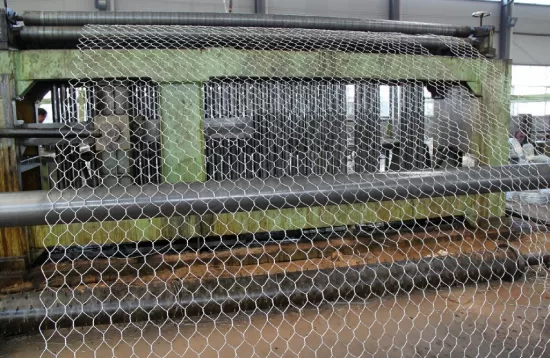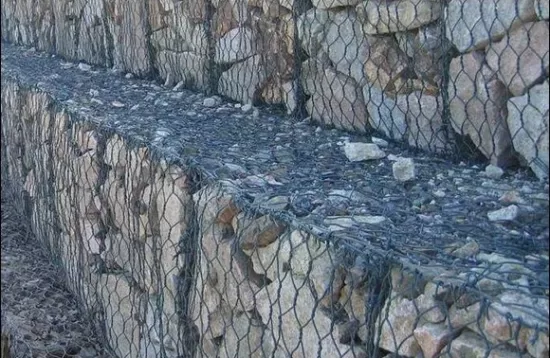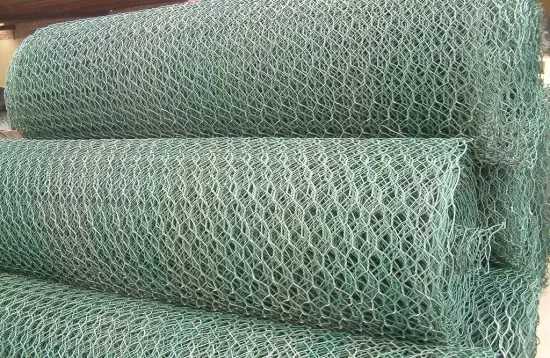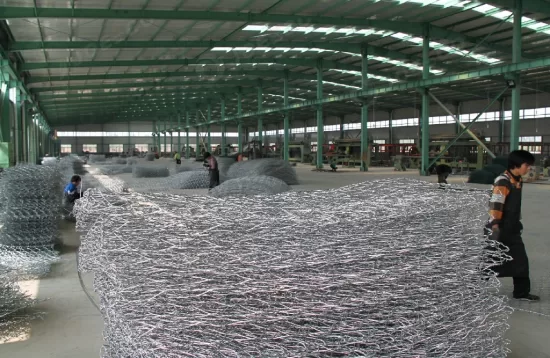I. Introduction
Gabion retaining walls are omnipresent in modern engineering and landscape design, piquing our curiosity. Their seamless blend into various settings, like a garden with a stream, makes them worth exploring.
II. The Past and Present
(I) Origin
For thousands of years, our ancestors used grass or bamboo woven stone cages to control rivers. This ingenious use of local materials safeguarded settlements from floods and maintained riverbank stability, showcasing their engineering prowess.
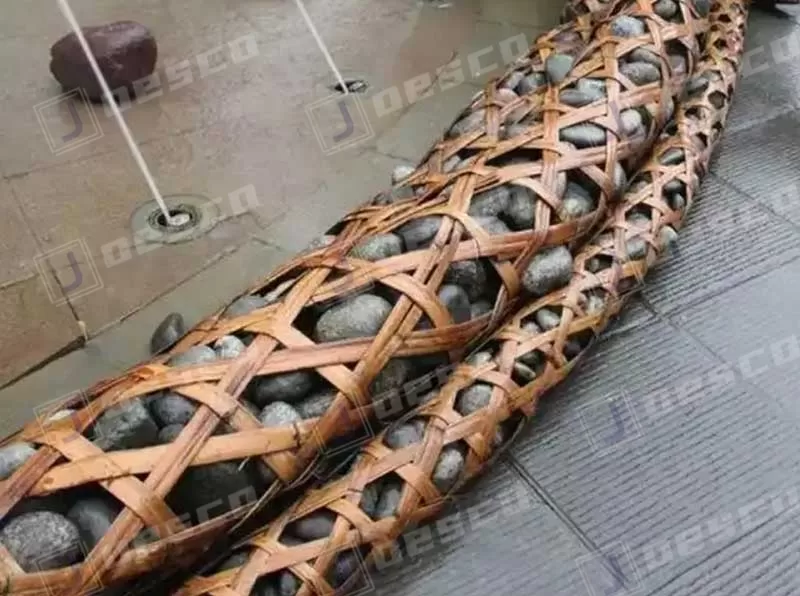
(II) Development
With advancements in materials and manufacturing, modern gabions, typically made of galvanized or polymer-coated steel wire meshes, have become more durable and effective. They are now applicable in diverse projects, from large-scale infrastructure to intricate landscape designs.
III. Structural Analysis
(I) Honeycomb-shaped Wire Mesh Sheets
The honeycomb-shaped wire mesh sheets, woven from high-strength, rust-resistant steel wires, form the core of gabion retaining walls. Their hexagonal pattern evenly distributes forces, making them highly resistant to deformation.
(II) Cage Assemblies
These sheets are assembled into cages, filled with stones, and connected. The combined weight of the stones and the cage connection create a robust structure, with each cage contributing to the wall’s overall stability.
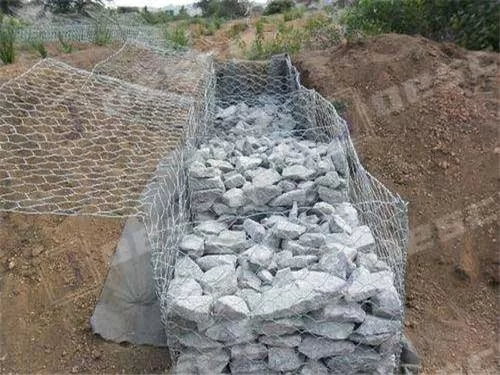
IV. Outstanding Performance
(I) Engineering Significance
Soil Retention: Gabion retaining walls act as vigilant slope guardians, preventing landslides and collapses in areas where buildings or roads are built on slopes. Their ability to withstand substantial soil pressure makes them ideal for slope stabilization.
Erosion Control: Along rivers and embankments, their rough stone surface and porous structure dissipate water energy, preventing erosion and maintaining riverbank integrity.
(II) Landscape Enhancement
Natural Integration: Their porous nature allows plants to grow through, seamlessly integrating with the natural environment. This not only beautifies the area but also promotes biodiversity.
Versatile Shaping: Gabion retaining walls can be arranged in stepped, curved, or terraced patterns, offering landscape architects the flexibility to create unique and appealing designs.
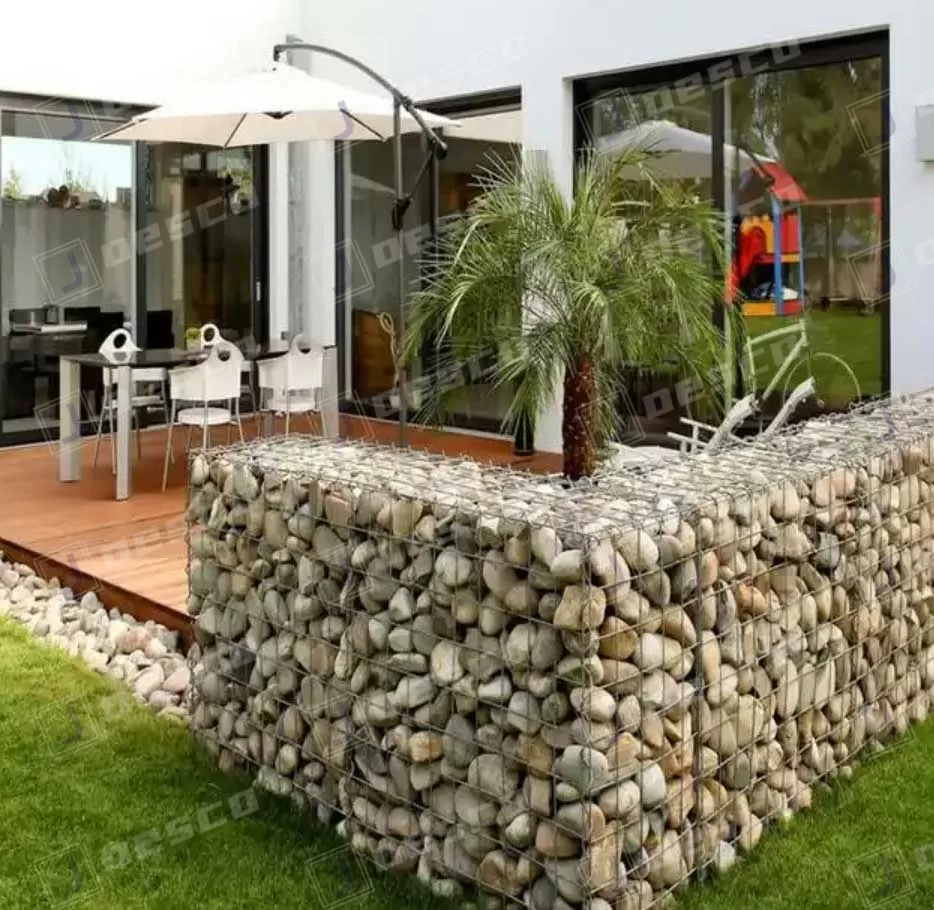
V. Construction Key Points
(I) Precise Site Selection
Site selection is crucial, considering terrain, geology, and water flow. For example, in high-groundwater areas, a special foundation design is required to prevent water damage.
(II) Meticulous Installation
Foundation Preparation: A solid, leveled, and compacted foundation is essential. Additional measures like geotextiles or drainage systems may be needed.
Cage Assembly:Wire mesh cages are assembled on-site with care to ensure proper connections, using high-quality fasteners.
Stone Filling:Stones of appropriate size and weight are evenly filled in the cages to avoid over- or under-filling.
Wall Connection: Filled cages are connected using wire ties or other devices to form a strong retaining wall.
VI. Case Studies
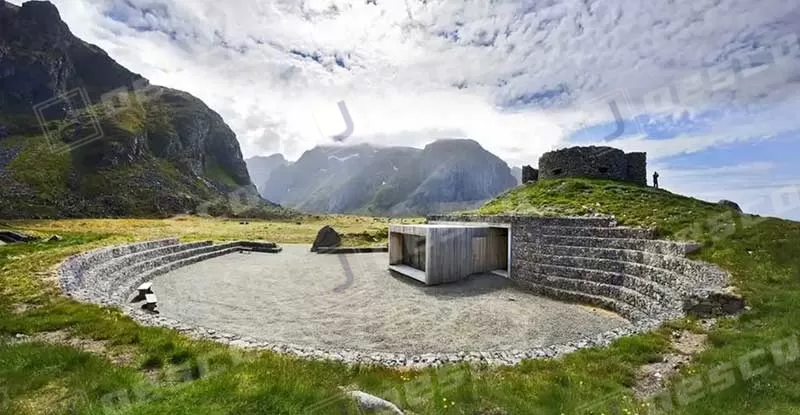
In [Project Location 1], a gabion retaining wall stabilized a steep slope near a residential area, enhancing safety and aesthetics.
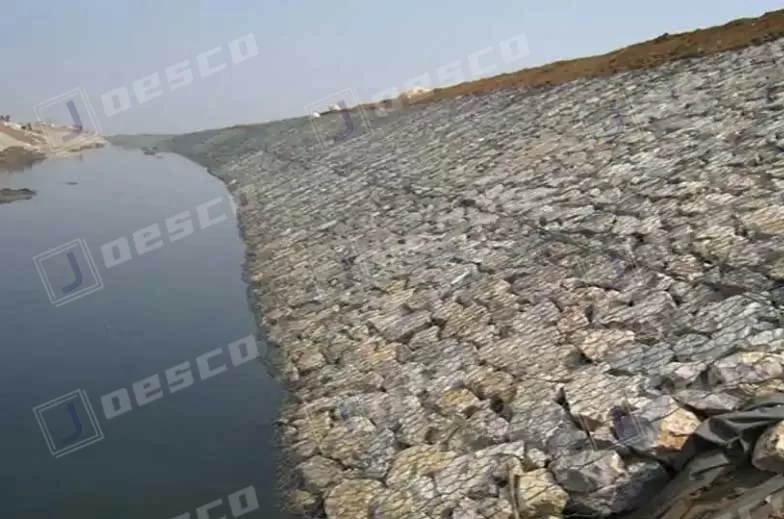
In [Project Location 2], a riverbank-side gabion retaining wall effectively resisted erosion over the years.
VII. Conclusion
With their long history, innovative structure, and excellent performance, Gabion retaining walls are a popular choice for many projects. As technology and materials evolve, they will play an even more significant role in creating sustainable, beautiful, and functional environments.

